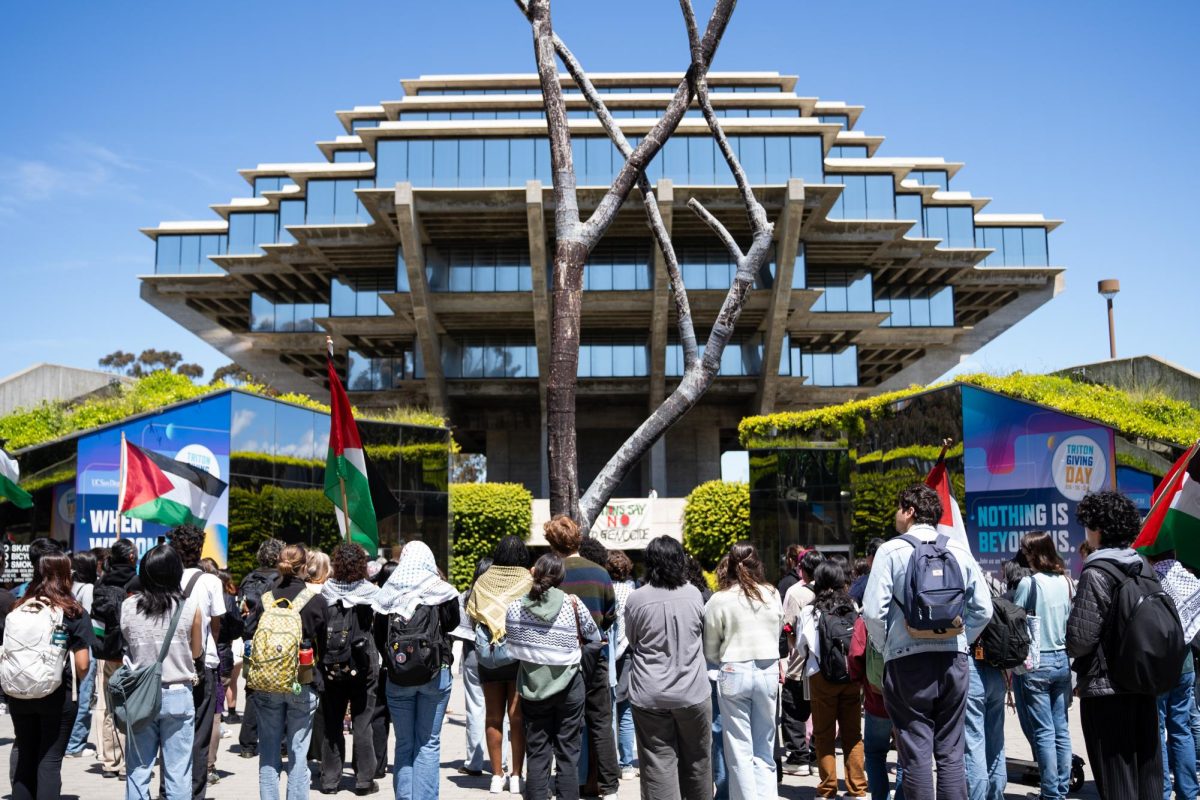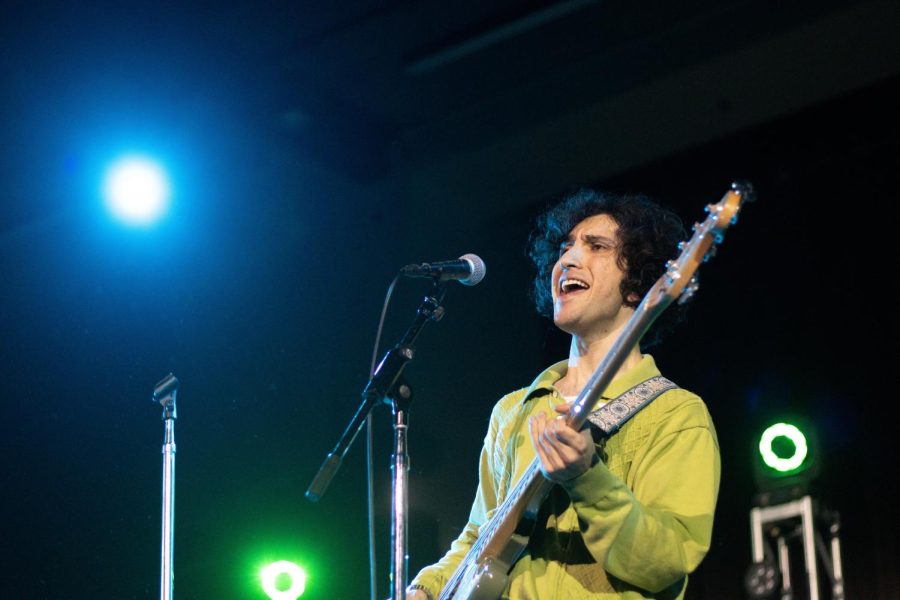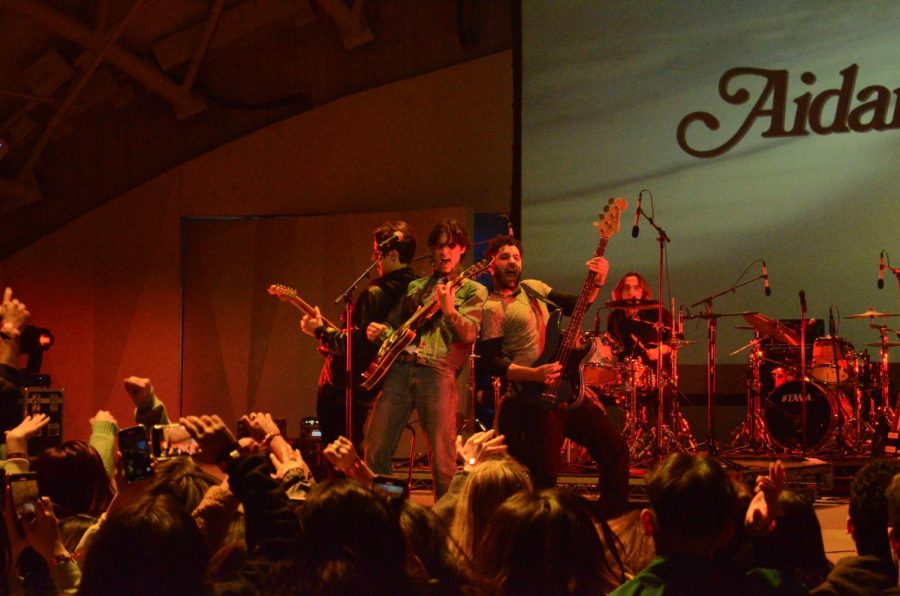Leaders from disparate fields of science will join forces with nanoparticles, which are invisible to the naked eye, to fight cancer under a new $3.9 million grant awarded to UCSD. The first phase in a five-year, $20 million initiative funded by the National Cancer Institute, the grant will establish one of seven national Centers for Cancer Nanotechnology Excellence, at which researchers will work to harness the particles’ potential to seek and destroy cancerous cells without harming healthy tissue.
The project calls on biologists, chemists, engineers and physicians from UCSD’s Moores Cancer Center, Burnham Institute for Medical Research and UC campuses in Irvine, Santa Barbara and Riverside to collaborate on six projects that expand UCSD’s existing platform in breast cancer and leukemia research to explore a complex new field of noninvasive treatments.
Their expertise will be pooled to engineer and test nanoscale devices — measured in billionths of a meter — that will be housed in porous micron-size devices called “mother ships,” as they travel through the body, signaling to researchers when cancerous tumors are detected and releasing treatments on-site to destroy harmful tissue.
“There are drugs that people use today to treat cancer, but the drugs are very toxic and since you can’t give too much drug to the patient, often those molecules will get degraded before it gets to where it is supposed to go,” said Michael Sailor, a UCSD professor of chemistry and biochemistry who will help lead the teams responsible for creating the transport devices. “If you can build an envelope around the molecules … they are protected until they get delivered on-site.”
Cancer treatment is one of an array of new applications for nanotechnology, a field that has garnered national attention by utilizing the behavior of groups of particles small enough to be affected by molecular forces.
Together with Burnham Institute, UCSD took a leading role in targeting tumors with nanoparticles in 2002, when Burnham Institute professor Erkki Ruoslahti worked with Sailor and bioengineering associate professor Sangeeta Bhatia to achieve the first targeted delivery of a nanodevice into the cancerous tissues of a living organism.
While grants and private donations have enabled the university to spend more than $150 million a year on cancer research, primarily through the 26-year-old, 280-faculty-member Moores Cancer Center, researchers involved in the nanotech project argue that the new center will be invaluable in bringing nanotechnology to the realm of cancer treatment.
“This will be an engineering center with a different culture, and a strong emphasis on new technology and its applications,” said Sadik Esener, UCSD professor of electrical and computer engineering and a principal investigator for the new center. “It will be a resource to bring researchers from different disciplines together regardless of their respective field, department or campus.”
Researchers involved in the project also say that the networking and infrastructure provided by the new grant is necessary to test the safety of nanostructures against their potentially dangerous side effects.
“We need to develop interactions which can educate the engineer as to what the biological challenges are, and the biologist as to what the capacities for the engineering are,” Moores Cancer Center Deputy Director Thomas Kipps said. “We will be going back and forth … to test nanostructures and their toxicity, how well they work in animal models, how well they fight tumors.”
According to Kipps, collaboration that will occur under the new initiative should also have a profound effect on education at UCSD by allowing students access to numerous disciplines in a field of research that is likely to be a growing industry in the future.
“[Undergraduates] will see a better integration between all the different courses they have to take and are going to be able to much better adapt,” Kipps said. “They will serve an important role in catalyzing interactions from the merger of various disciplines.”
The new center will find a home on the fifth floor of the recently completed Moores Cancer Center building and will make use of labs scattered across UCSD and other participating campuses.
Readers can contact Jessica Horton at [email protected].







